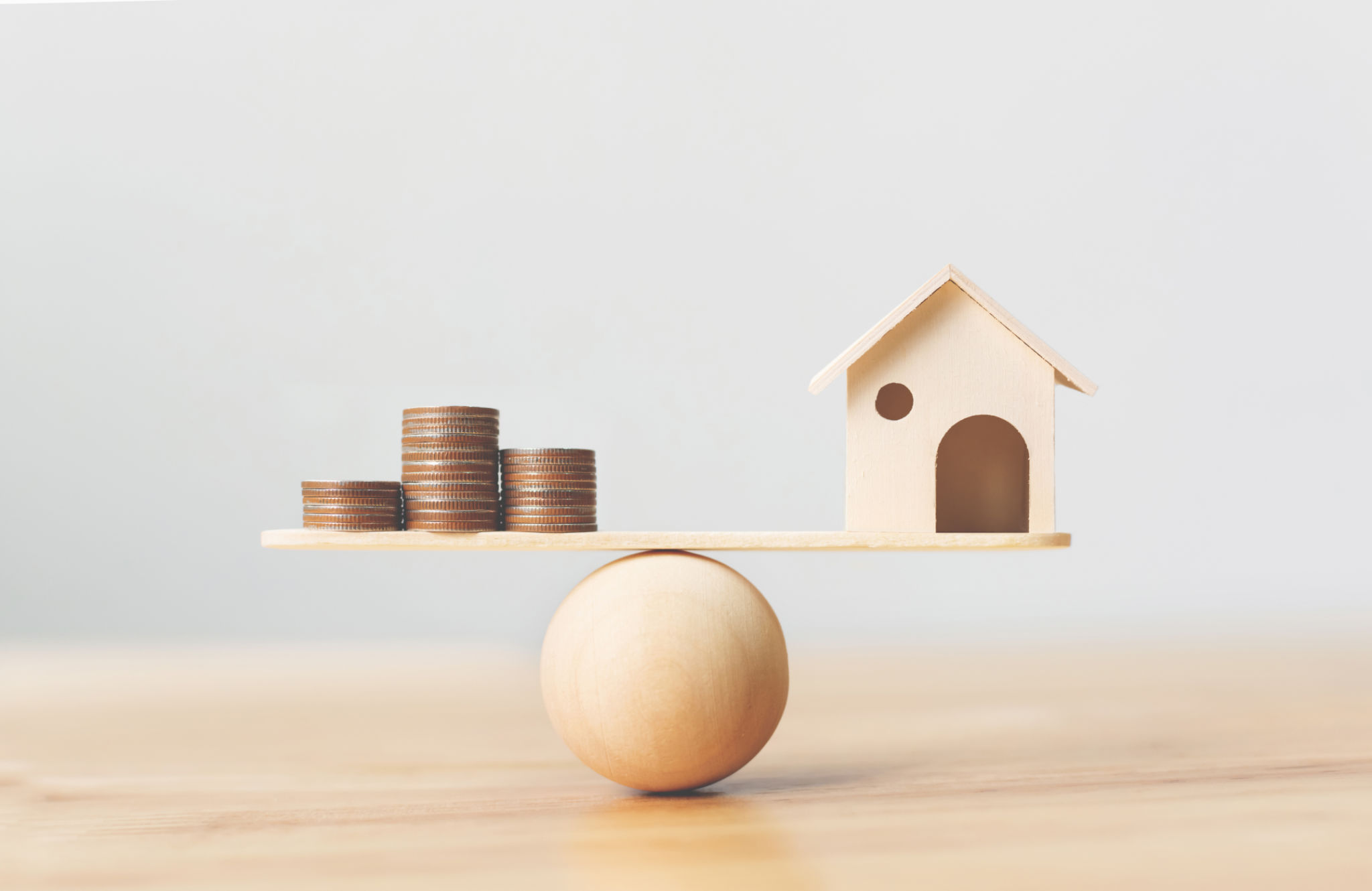5 Strategies to Prioritize Debts with a Personal Finance App
Understanding Your Debt
Managing debt can be daunting, especially when you have multiple loans and credit card balances. A personal finance app can be an invaluable tool in helping you prioritize your debts effectively. By understanding where your money is going and how your debts are structured, you can make informed decisions to reduce them efficiently.

The first step in debt prioritization is recognizing the types of debts you hold. These might include credit card debts, student loans, car loans, or mortgages. Each debt type often comes with different interest rates and repayment terms, making it crucial to evaluate them individually.
Using the Debt Snowball Method
The debt snowball method is a popular strategy for paying off debts. It involves focusing on paying off the smallest debts first while making minimum payments on larger ones. This approach helps build momentum and gives a psychological boost as you eliminate smaller balances quickly. A personal finance app can help you track these payments and visualize your progress.

To implement the debt snowball method using an app, start by listing all your debts from smallest to largest. Make a plan to pay off the smallest debt as aggressively as possible while keeping up with minimum payments on others. Once the smallest debt is cleared, move on to the next one, rolling over what you were paying on the previous debt.
Tackling High-Interest Debts First
Another effective strategy is to prioritize debts with the highest interest rates first, known as the avalanche method. This approach can save money in the long run by reducing the amount of interest paid overall. Use your personal finance app to identify which debts carry the highest rates and adjust your payment strategy accordingly.
High-interest debts, such as credit cards, can quickly spiral out of control if not managed properly. By focusing on these first, you can reduce your financial burden more efficiently. Many apps allow you to set reminders or alerts for due dates, ensuring you never miss a payment.
Setting Up Automatic Payments
To ensure consistency in managing your debts, consider setting up automatic payments through your finance app. Automatic payments help avoid late fees and improve your credit score by ensuring timely payments. Most apps provide options to schedule payments directly from your bank account.

By automating your payments, you also reduce the mental load of remembering multiple due dates each month. This allows you to focus more on strategizing your debt reduction efforts rather than managing payment logistics.
Creating a Realistic Budget
A comprehensive budget is essential for successful debt management. Use your personal finance app to track income and expenses, helping you identify areas where you can cut back and allocate more money towards debt repayment. A well-planned budget will keep you on track and prevent unnecessary spending.
The app can categorize expenses and provide insights into spending habits, making it easier to adjust your lifestyle to prioritize debt repayment. Ensure that your budget includes a plan for emergencies so that unexpected expenses don't derail your progress.
Regularly Reviewing Your Progress
Finally, regularly reviewing your progress is crucial for staying motivated and adjusting your strategies as needed. Use your finance app to generate reports and visualize your debt reduction over time. This practice will help you celebrate small victories and stay committed to achieving financial freedom.
By leveraging the analytical tools within your finance app, you can continuously assess the effectiveness of your strategies and make necessary adjustments to optimize debt repayment. Consistent monitoring ensures that you're always aware of where you stand financially.